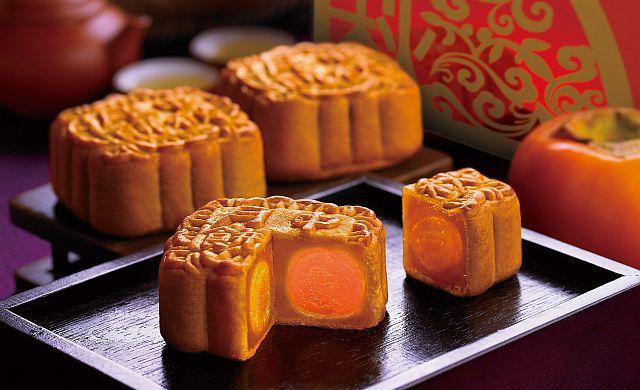The story behind a famous Mid-Autumn Festival treat
The Mid-Autumn Festival, named one of the four major traditional Chinese holidays, is celebrated by families all across China every 15th day of the eighth month on the lunar calendar. It is a day for being with one’s family, having reunions, and moon-watching. To celebrate this festival, a family typically prepares a large meal for the entire family to enjoy and buys or makes a traditional treat: the mooncake.
The origin of mooncakes began as a form of worship. These moon-resembling pastries were offered to Chang’e–believed to be the Goddess of the moon–and eaten on this special day. It was also originally said to be a delicacy for only the upper class, but it soon became more widespread and grew to be a tradition of the people. Another legend claims that during the Yuan Dynasty, mooncakes were a way for the Chinese to plan rebellions against the Mongols. The story goes that during the Mid-Autumn festival, permission to distribute mooncakes widely would be granted. However, since the Mongols did not eat mooncakes, secret messages were hidden in the pastries and thus led to a successful rebellion.
Regardless of the true origins of mooncakes, they have come to hold a different meaning for most people today. Mooncakes are bought and exchanged among families, representing reunions and kind regards. Because of this, mooncake sales soar around the time of the Mid-Autumn festival. The filling is what usually distinguishes different mooncakes, and ranges from red bean, egg yolk, lotus seed paste, and ‘five kernels’. As for the outer layer, traditional mooncakes generally stick with the orange thin crust made from flour, syrup, and other various ingredients. Interestingly, there is another type of flaky crust–from which the “Suzhou-style” is most well-known. The filling for this type is typically meat, and the texture and taste differs vastly from the sweeter versions of the pastry. “Traditional mooncakes are too fat but I like the special types from Hong Kong that taste like chocolate lava cake,” commented Sophia Sze (12A). “They are very yummy,”
The pastry itself holds huge cultural significance. When the Mid-Autumn Festival is mentioned, one often immediately makes a connection between the holiday and eating mooncakes.
(To discover more about the traditional legend behind the holiday of Chang’e and Houyi, click here: http://www.chinadaily.com.cn/life/moon/2011-09/07/content_13641387.htm)
Important information taken from:
https://baike.baidu.com/item/月饼/248376?fr=aladdin
http://www.ibtimes.co.uk/mooncake-mid-autumn-festival-2014-history-behind-this-3500-year-old-tradition-1464171

